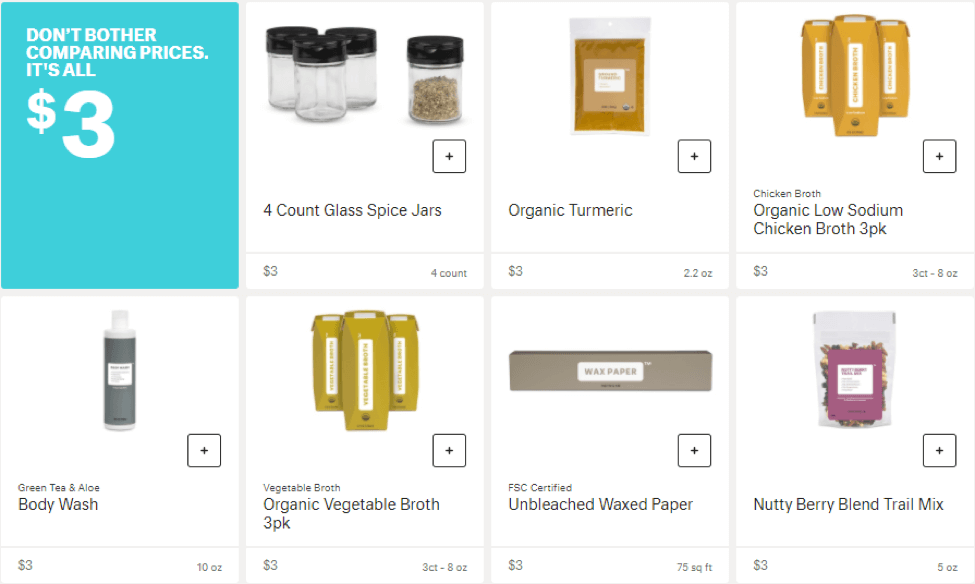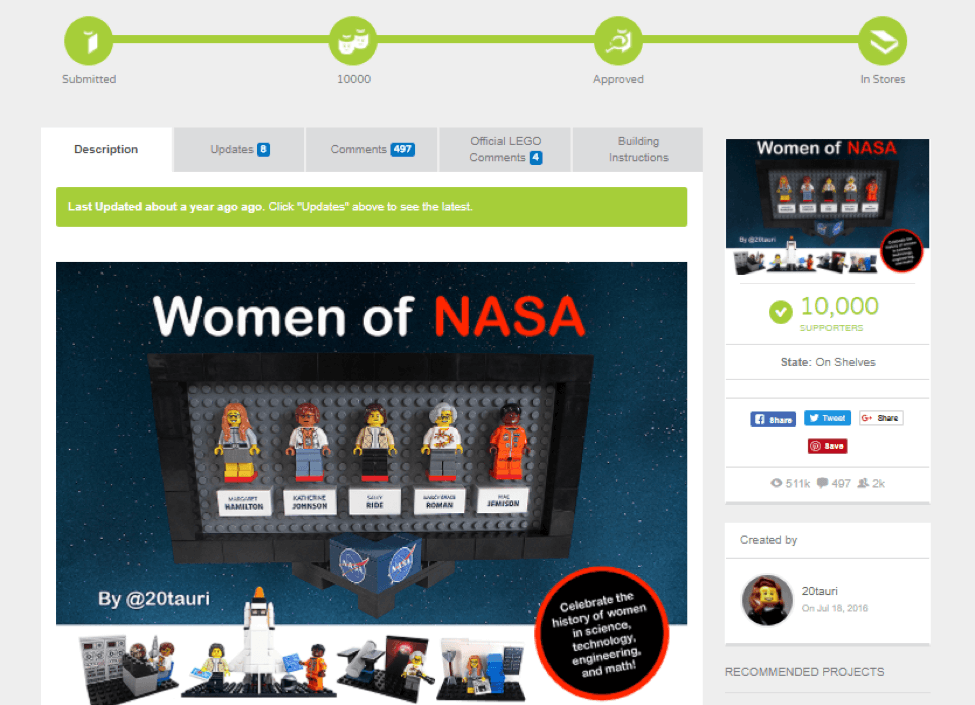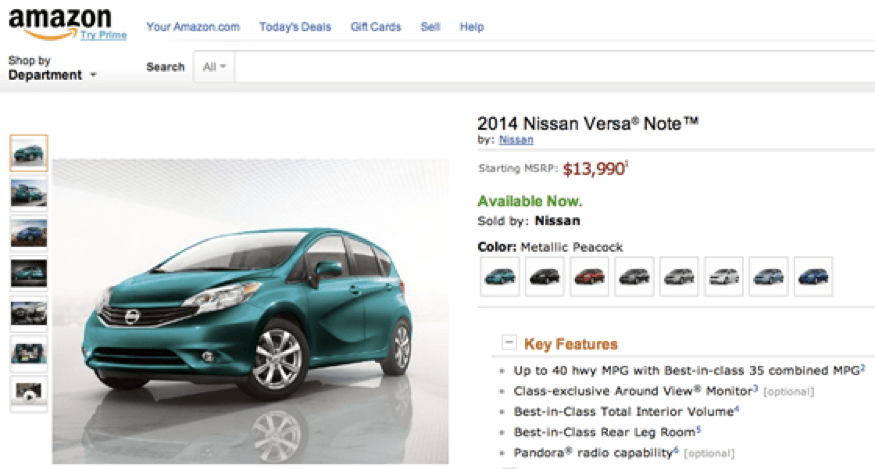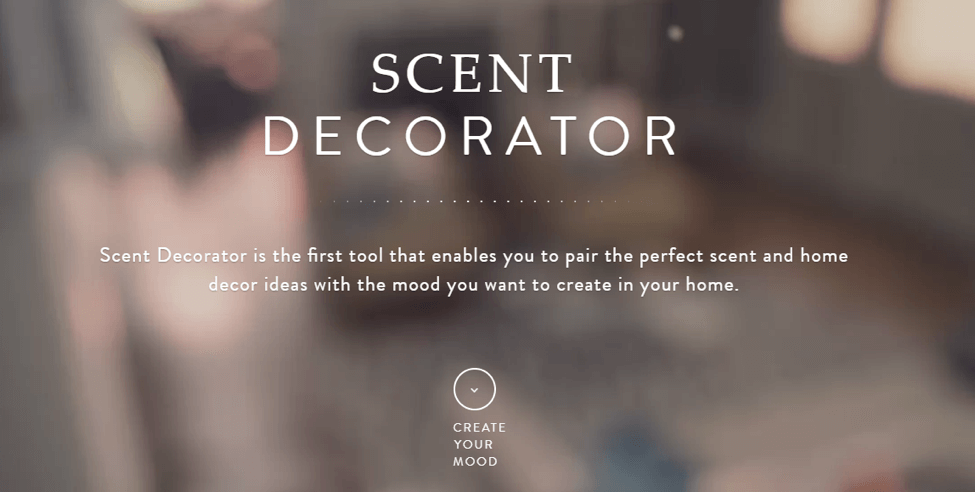Sendible insights 7 Excellent Disruptive Marketing Tips Every Brand Needs To Know About
Disruptive marketing is more than just a buzzword. In the age of the customer, the only way to stay competitive is by rethinking your traditional marketing practices and rules you are playing by. As the way customers understand, react to and accept companies has changed, marketers must take more risks and increasingly trust their intuition.
In fact, today’s distraction-filled world where consumers are exposed to ~10,000 brand messages per day has made disruption highly relevant.
But what does disruptive marketing strategy entail and how can brands utilize it to boost their marketing efforts?
What is disruptive marketing?
Disruptive marketing means turning all the marketing rules upside down, shaking things up, and changing the perception of your company and the industry as a whole.
In other words - disruptive marketing is all about:
-
Breaking the status quo
-
Experimenting with new techniques
-
Challenging the traditional marketing approach
Geoffrey Colon, the author of the book Disruptive Marketing: What Growth Hackers, Data Punks, and Other Hybrid Thinkers Can Teach Us About Navigating the New Normal, explains that we now live in a world where conversations win over hard selling. It's a place where users create the best content about brands; people focus on feelings, and analytics with creativity are the cornerstones of growth.
In fact, back in 2017 the Wunderman study found that 88% of consumers in the U.S. and 90% in the U.K. want to engage with brands that are:
-
Setting new standards
-
Going beyond the expected
-
Pushing the boundaries
In this setting, traditional marketing has to be replaced by disruptive marketing that is daring and breaks the status quo.
Moreover, disruptive marketing encourages companies to rethink the whole brand, not just its advertising and marketing campaigns.
They have to be ready to change their business model, product or service, and the message they communicate to consumers. It can be a risky mission, but sticking to the same business model over a long time can be even more dangerous.
Why does disruptive marketing work

There are two types of market disruptions:
- Novelty - fulfils customer’s needs in a new way offering a completely new product or service.
- Adoption - improves the current product or service and makes it faster, better or cheaper.
Whichever way you choose, disruptive marketing has several aspects that make it a robust strategy:
- Approachability. Disruptive marketing tells a story that customers can easily understand. And effective brand storytelling is invaluable in the times when consumers are 22 times more likely to remember a fact if it has been embellished with a story. Why? Because stories can elicit an emotional response - they're designed to make us think and feel.
- Affordability. Disruptive marketing does not have to be expensive to be effective. Instead, it has to change the way things are done and challenge how people are thinking about your product.
- Curiosity. It’s unique, so it attracts people and intrigues them, making them look for more information. In 2015 84% of consumers said it is somewhat or very important that the brand they buy from is innovative. But in the post-pandemic era, this has become essential! New problems require new solutions, and modern consumers crave products that deliver novelty and fun. Therefore, audiences love disruptive marketing campaigns because they make them think in completely new directions.
- It’s never duplicated. The top brand attributes that matter the most to millennials are:
-
Trustworthiness
-
Creativeness
-
Intelligence
-
Authenticity
-
Open communication
-
Disruptive marketing integrates all of these attributes, and it can't be easily duplicated. If another company tries the same tactics or positioning, it will most likely be ignored as customers will favour the ones who did it first.
- There’s room for experiments. While traditional marketing places your brand in a 'category', disruptive marketing allows not to stick to the rules. As a first-mover, you can freely try out new things and new industries too.
Why is disruptive marketing so important today
There are three most relevant reasons why you need to hop on a disruptive marketing trend:
- Rapid technology development
- New generation of consumers
- Oversaturated market
Rapid technology development
PWC did extensive research on the permanent change that occurred in consumers' habits and values during COVID-19 and found that 50% of them have become more digital.
This resulted in new social media trends, such as short-form vertical videos. If you're wondering how this impacts your traditional marketing, keep in mind that users, on average, watch over 24 hours of content per month on TikTok. And this particular social media platform started influencing all of the other ones.
This means you're now competing with millions of content creators, a short attention span, and a completely new demand at the same time.
New generation of consumers
Approximately 50% of the American workforce is made up of millennials. And this number is expected to go up to 75% in the next couple of years.
They've been your loyal customers for quite some time now, and you probably adjusted your campaigns to their set of values and needs.
But what about your soon-to-become customers? Generation Z is much more extreme and vocal than their predecessors. They were born in the digital era and grew up surrounded by rich media that occupy their senses 24 hours a day.
So how do you adjust your marketing strategy to appeal to your new customers?
You start experimenting and setting your own rules that make you unique while respecting generation Z's needs and values. Here's some valuable data from the Gen Z brand relationships report by NRF:
-
Genuine connection with brands (73% of them want brands and retailers to connect with them)
-
Two-way communication (44% said that, if given the opportunity, they would like to submit ideas for product design)
-
New and trendy brands (62% of them are frequently attracted to new, trendy, and fun brands)
-
Social responsibility (55% choose eco-friendly and socially responsible brands)
Wondering how to make your brand more socially responsible? Cause marketing is the best way to promote your business while fighting for the social issues you care about.
Oversaturated market
Competition in many industries is getting more intense each day. Here's how increased competitiiveness is driving disruption in marketing:
-
Catering to customers' needs. If you can't offer them what they need the way they want it, they'll simply go to one of your competitors.
-
Scales of power balance have shifted. The fact that they can replace you almost immediately is scary, but it won't hurt your business immediately. But blasting your company on social media after a poor customer experience can seriously damage your brand's reputation. And we've learned from Chanel's Advent calendar fiasco that your competition will use this to their advantage.
How to build a disruptive marketing campaign
1. Understand your industry
Before you create a disruptive marketing strategy, you need to understand what you want to disrupt. Tools like Think With Google, Survey Monkey, BizStats and others are helpful to gain in-depth knowledge of the industry, products, or services. Think about a weakness of the industry or potential customers whose needs are not addressed. Then, find where your brand can fill an unmet need and create something new or make substantial improvements.
Brandless did this by analyzing the industry of organic, non-GMO and clean product retail. They understood that ”$3 is just not the entry price to that market.” So, they decided to democratize access to these products at fair prices and created a simple business model: everything is $3, and there are no hidden costs of manufacturing.

Image: brandless.com
2. Understand your customer
Further, to create a successful disruptive campaign, you need to step into your customer's shoes.
Consumers expect companies to understand their unique needs and expectations. Therefore, it's crucial to explore the audience that is important to your brand:
- What do they need and want
- How do they spend their time
- What do they expect from your company
- What would surprise them
Use audience analytics tools like Google Analytics, Followerwonk, and others to get more in-depth insights into your audience and its behaviour.
For example, LEGO has been co-creating products with customers for a while. Their online community LEGO Ideas is a place where members share their ideas, submit their own designs and give feedback to each other. From the projects who receive at least 10,000 votes, LEGO picks a winner, then creates and sells the product worldwide.

3. Do the unexpected
When you know your competitive advantage, promote it in an unexpected way.
Create a buzz with something unseen and remarkable. For instance, Nissan disrupted the way new automobiles were sold by offering its Versa Note through Amazon’s website and delivering them packaged in the well-known Amazon boxes.
Altogether 100 cars were sold through the online retailer, and their campaign was definitely noticed by their target audience.

4. Be relevant
According to Brand Relevance Index™, "the strongest brands are the ones that are relentlessly relevant and making a difference in consumers’ lives." Thus, one of the most crucial aspects of disruption is to create experiences that are relevant to your customers.
This is exactly what Air Wick did with their interactive digital tool that “enables you to pair the perfect scent and home decor ideas with the mood you want to create in your home.” Data scientists and experts created the quiz using the findings of scientific research of people’s moods according to scent categories.

Image: airwick.us
5. Be humorous
Could creating disruption be as simple as being able to laugh at yourself or your product? Take an example of BMW'a disruptive approach on their video for their new electric car:
"After retiring from Mount Olympus and settling in Palm Springs with his wife Hera, Zeus meets his match in the Ultimate Electric Driving Machine, the all-electric BMW iX."
6. Use unusual combinations
Change the patterns and create innovations by connecting the unconnected.
Pan n’ Ice did it perfectly when they created unique videos of mashing their ice cream rolls with other, surprising products - like Cheetos, Big Mac, Hellman's mayo, Chupa Chups, Dr Pepper, etc.
7. Breach the boundaries
Define the existing rules and conventions of the industry and then redefine them.
This is what Dollar Shave Club has done by differentiating themselves from big brands that had a smooth and stylish identity. Instead, Dollar Shave Club used humor and unique value proposition in their 2012 video marketing campaign reaching more than 27 million views on YouTube. And even now, a decade after, people are commenting and praising this ad!
The way to reach guys nowadays and to have that authentic feel, is to be relatable, allow guys to put themselves in your shoes as a brand, as opposed to talking at them or talking above them. Adam Weber, CMO of Dollar Shave Club
Why customers love disruptive marketing
We live in a dynamic world.
Technology, products and services are changing and evolving rapidly. As a result, customers have become not only spoilt for choice but also exhausted from the information overload they are facing every day.
In a sea of irrelevant information and repetitive trends, your audience craves to be surprised and challenged.
Disruptive marketing campaigns do exactly that! They make products and services stick in our minds with their unique presentation.
Consumer engagement is likely to grow when they pay more attention and think about your campaigns long after scrolling away. So encourage your marketing team to rethink their digital strategy and be bolder when it comes to creating content.
Alexander Bickov
Alexander Bickov is a Riga based product designer with over 15 years of UX design and digital marketing experience. In his work, he aims to connect people and products by using strategy, creativity and technology. Alexander has built digital services and products for organizations ranging from agencies, startups to large companies. His work is featured in the iOS App Store, Wall Street Journal, CNN, Business Insider, Forbes and Big Think.
Text copied!


